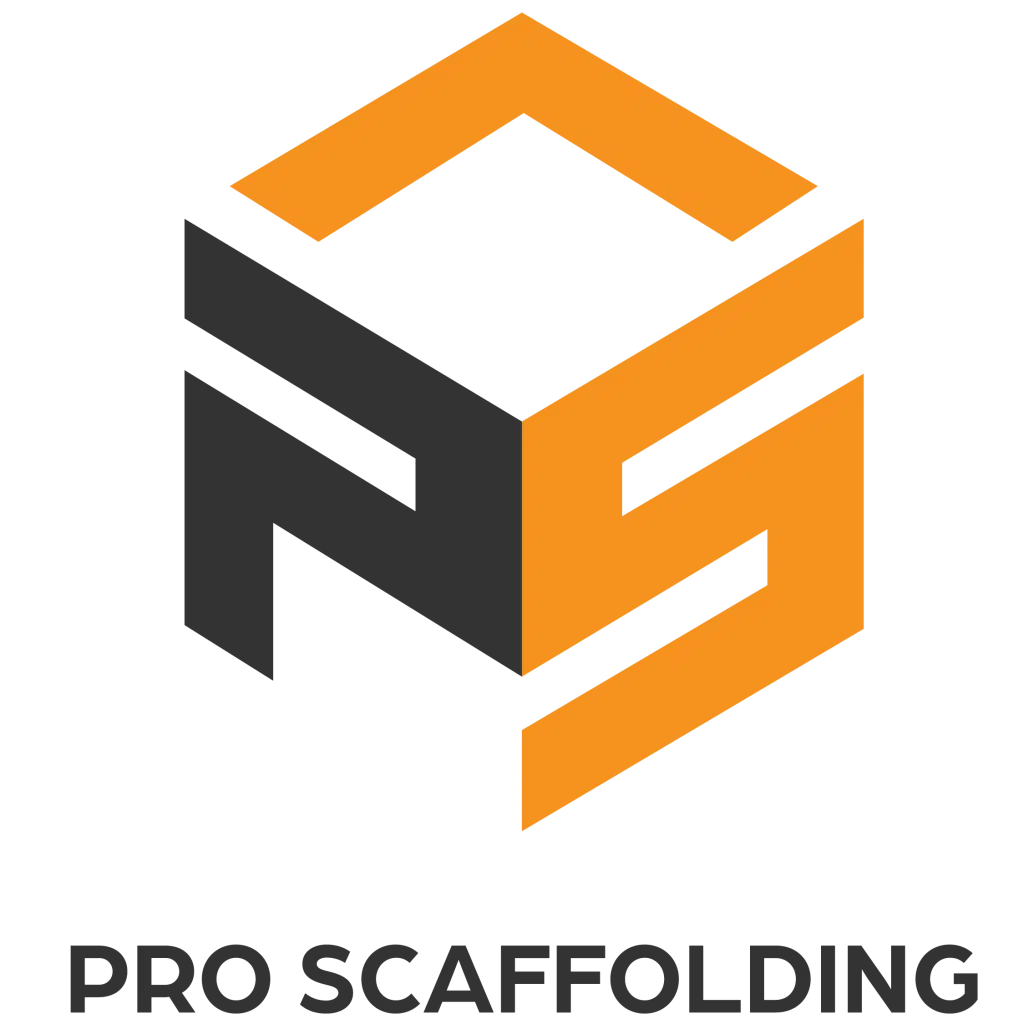
The Australian scaffolding industry is on the brink of a transformative era, driven by a blend of technological advancements, evolving market dynamics, and a growing emphasis on safety and efficiency. As we head into 2024, several key trends are emerging, reshaping the scaffolding landscape in Australia.
Technological Boom in Scaffolding
The Australian scaffolding industry, traditionally reliant on conventional materials and methodologies, is now embracing a technology boom with Pro Scaffolding at the forefront of adopting new technologies. This shift is even expected to introduce new materials and systems, enhancing the efficiency and safety of scaffolding operations. Innovations like 3D printing and modern manufacturing techniques are set to bring forth lighter and stronger scaffolding products, marking a departure from the old-fashioned materials used historically.
Market Growth and Competitive Landscape
The Australian scaffolding market has shown significant growth, projected to rise from $1.19 billion in 2018 to $1.56 billion by 2025. This growth is primarily dominated by multinational companies, with smaller scaffolding firms also carving a niche by offering innovative solutions and harnessing technology to solve traditional challenges. The market is becoming less competitive as indicated by the Herfindahl Index, suggesting fewer but larger players in the industry.
Evolving Systems and Client Relationships
Kwikstage type scaffolding remains the most widely used system in Australia, particularly in the residential and small commercial sectors. However, there’s an increasing shift towards using At-Pac or similar ring-type scaffolding systems for larger commercial projects. Additionally, the industrial sector often opts for Layher systems for complex projects.
The relationship between scaffolding contractors and their clients is also evolving. The traditional contractor versus subcontractor mentality is giving way to a partnership approach, where both parties are mutually invested in achieving the best outcomes for projects.
Safety as a Paramount Concern
Safety remains the scaffolding industry’s most significant concern and asset, and is our biggest priority in every project. While mechanical aids like hoists and lifts are becoming more prevalent in material handling, the human element in scaffolding, crucial for adapting to changing project needs, cannot be replaced. Scaffolding safety is a combination of practices and procedures that enforce the proper and safe use of scaffolding, involving a set of preemptive actions in building, inspecting, using, and tagging scaffolds.
Looking Ahead
As we approach 2024, these trends indicate that the Australian scaffolding industry is not only expanding but also becoming more sophisticated and technologically advanced. Our commitment to embracing these changes and investing in new technologies, materials, and safety practices will ensure we remain at the forefront of the industry’s evolution, leading it into a new era of efficiency and safety.
For a detailed exploration of these trends and more, the original sources provide extensive insights: Benchmark Scaffolding Australia, 6Wresearch, and Allied Market Research.
